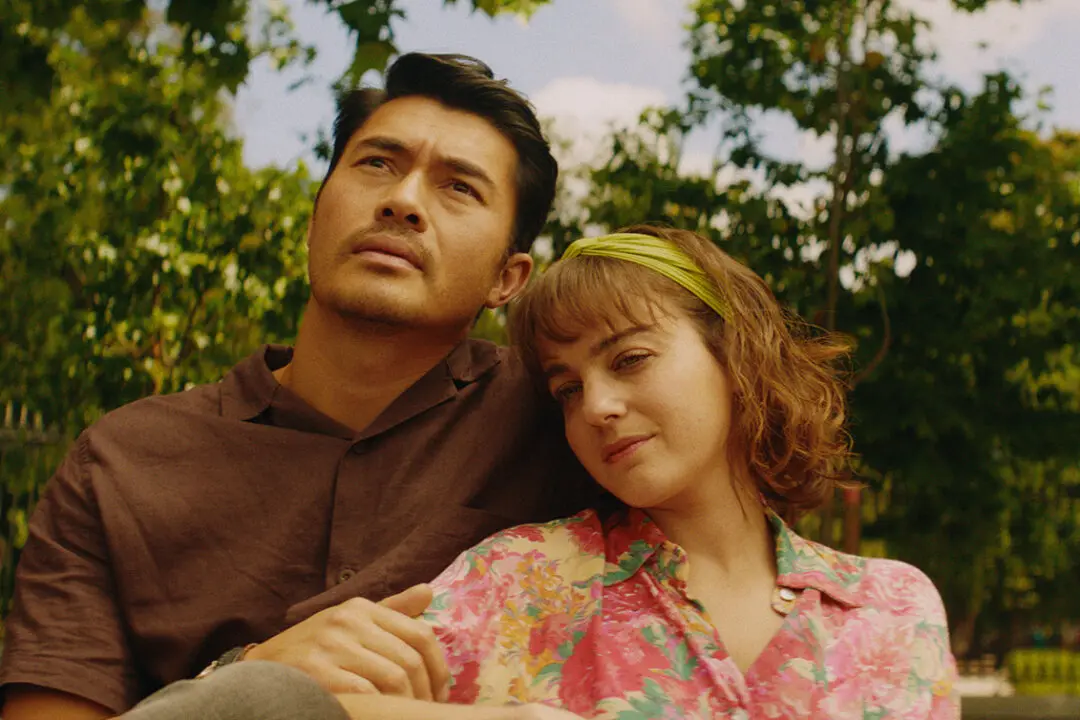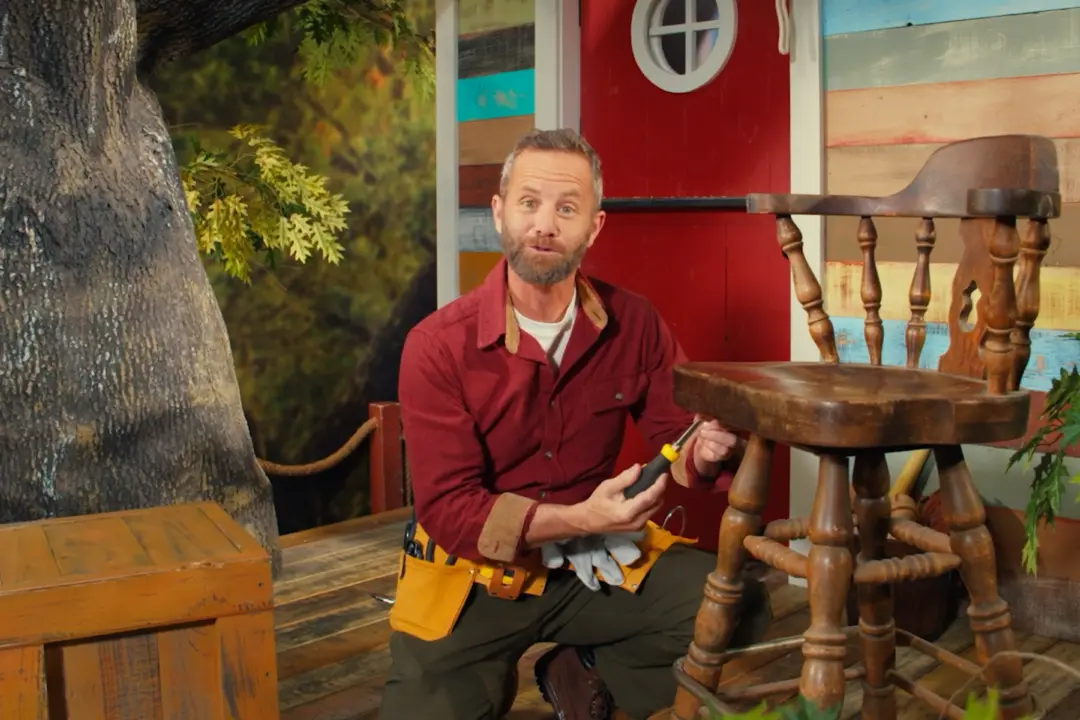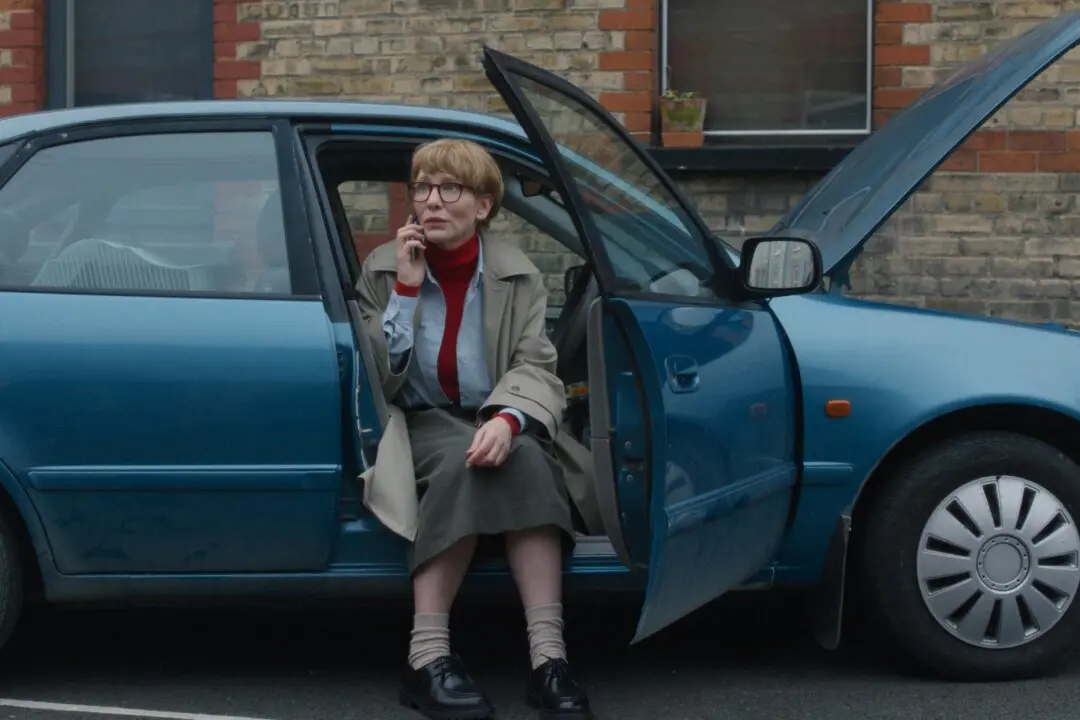PG | 1h 48m | Documentary, Biography, Sports | 19 July 2023 (USA)
Before watching the new documentary “The Deepest Breath,” I’d never heard of “freediving,” and I would consider myself reasonably well-informed when it comes to sports. After watching “The Deepest Breath,” I wouldn’t under any circumstances whatsoever ever attempt to try it, and would go far in trying to dissuade others to avoid it as well.





